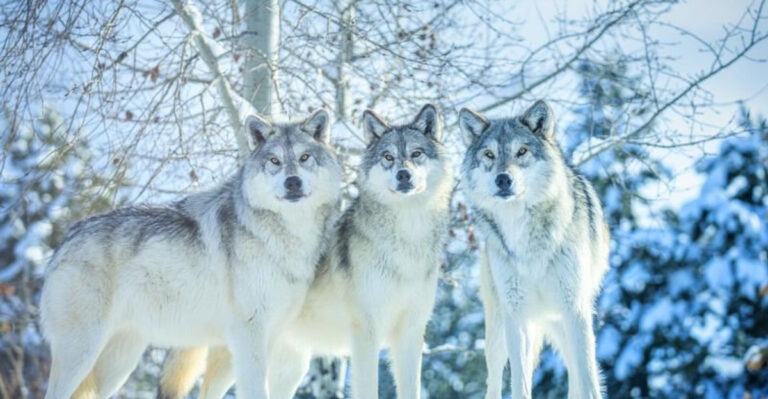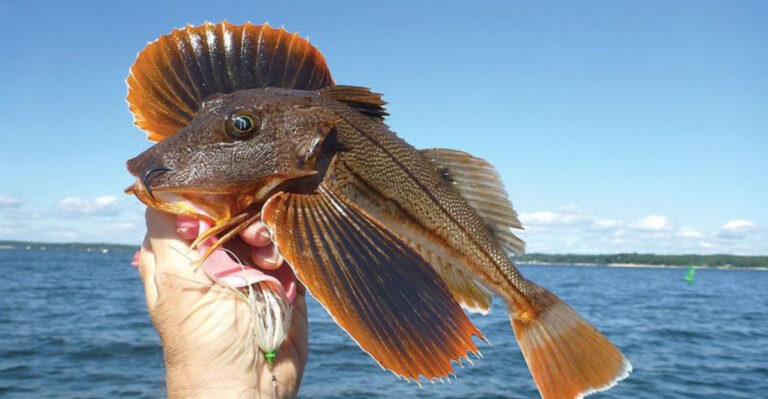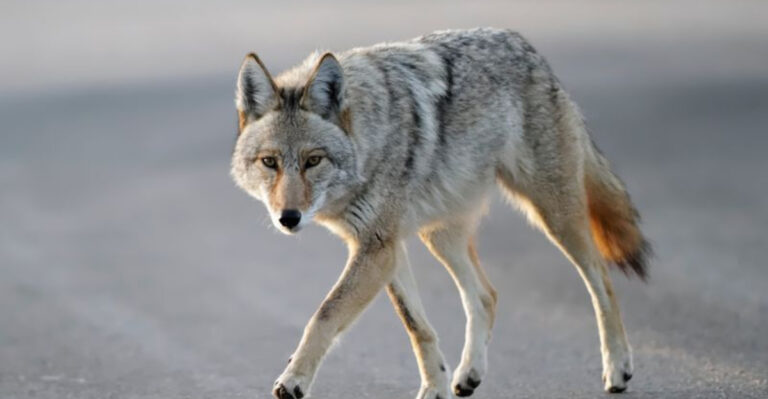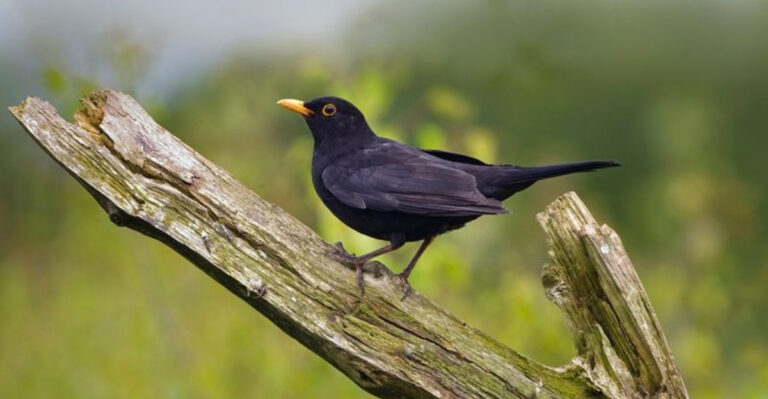What Do Warthogs Eat?
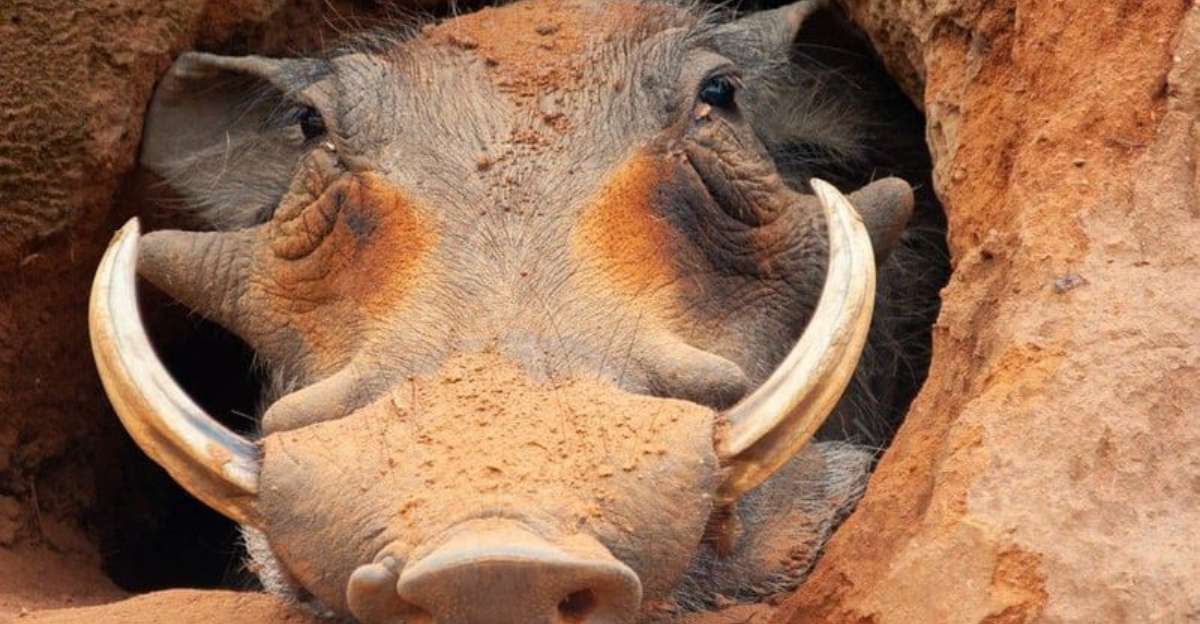
Warthogs are fascinating creatures with unique eating habits that help them survive in harsh African environments.
These wild members of the pig family have adapted to eat a variety of foods depending on what’s available seasonally. Their specialized snouts and tusks serve as perfect tools for digging up meals when food becomes scarce.
1. Grasses Make Up Most Of Their Diet
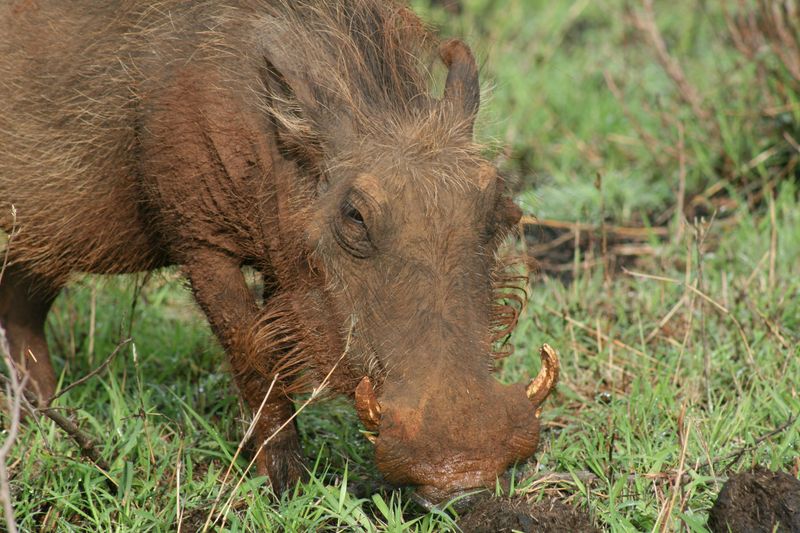
Short, fresh grasses form the cornerstone of a warthog’s menu. During wet seasons, these bristly mammals spend hours grazing across savannas, chomping on tender shoots that sprout after rains.
Their specialized molar teeth efficiently grind these tough plants. A typical warthog can consume several pounds of grass daily, providing the bulk of their nutritional needs when vegetation is plentiful.
2. Roots And Tubers Are Dry Season Staples

When droughts strike and grasslands turn brown, warthogs become expert diggers. Their powerful snouts act like natural shovels, unearthing hidden treasures beneath the soil.
Bulbs, roots, and tubers become survival food during these harsh periods. The moisture and nutrients stored in these underground plant parts keep warthogs alive when other animals might struggle to find enough to eat.
3. They Kneel While Feeding

Ever seen a warthog prayer meeting? That’s what it looks like when these animals feed! They drop to their front knees, shuffling forward while grazing or digging.
Nature equipped them with special calloused pads on their wrists for this very purpose. This unusual posture gives them better leverage when rooting through soil and makes it easier to reach short grasses with their mouths.
4. Fruits And Berries Are A Tasty Bonus
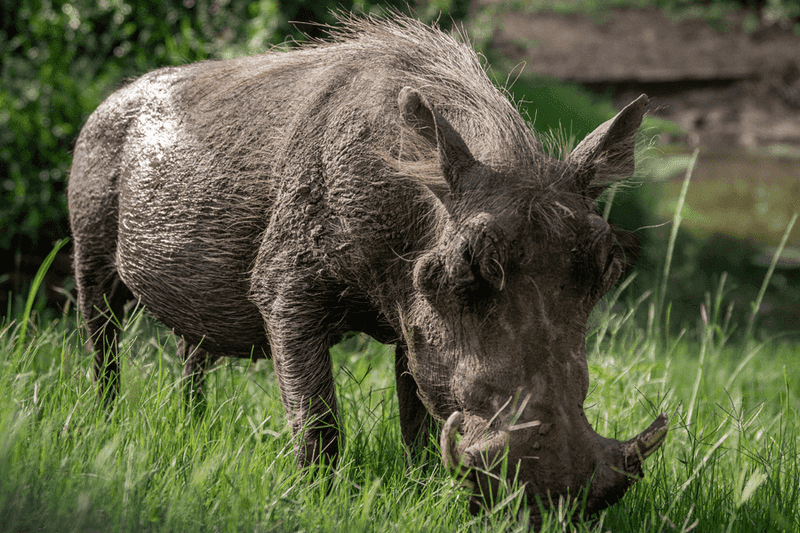
Imagine finding a wild berry patch after months of eating only grass! That’s how warthogs likely feel when stumbling upon fruit-bearing trees or bushes in their habitat.
While not dietary staples, fruits offer welcome variety and important vitamins. Warthogs gobble up fallen fruits from trees like marula and various berries, bringing nutritional diversity to their primarily grass-based diet.
5. They Eat Insects And Grubs Too
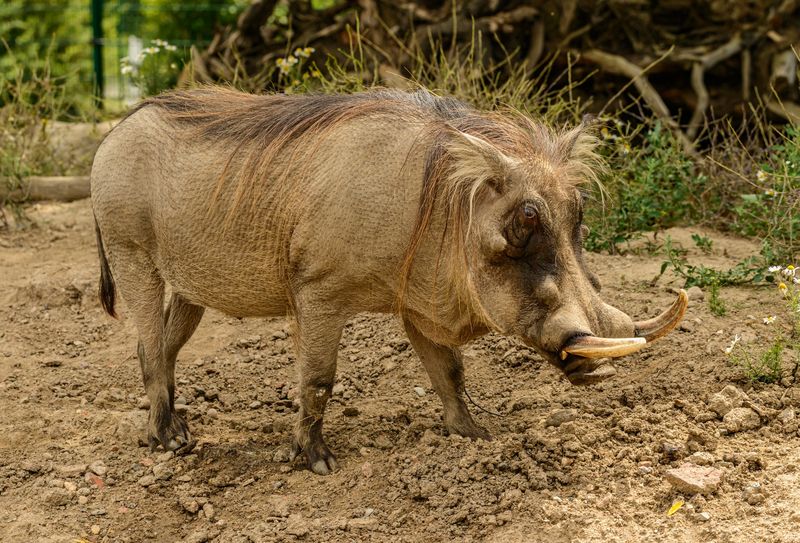
Those powerful snouts aren’t just for show! While digging through soil, warthogs frequently uncover protein-packed treats in the form of insects, larvae, and grubs.
These unexpected snacks provide essential protein that plants alone cannot offer. Termites are particular favorites, especially when warthogs break open mounds to access the nutritious insects inside.
6. They May Scavenge On Carrion
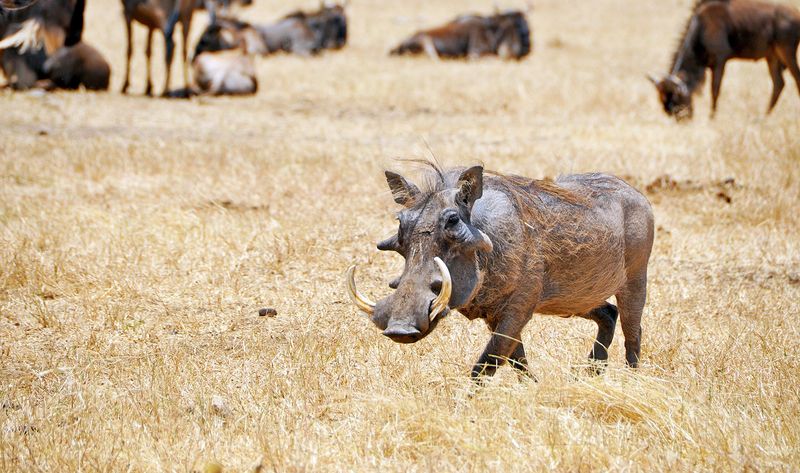
Though primarily plant-eaters, warthogs aren’t above opportunistic scavenging. During extreme food shortages, they’ve been spotted nibbling on animal remains left behind by predators.
This behavior shows their remarkable adaptability to harsh conditions. The extra protein and fat from carrion can mean survival when plant foods are scarce, proving that warthogs are true survivors in the African wilderness.
7. Animal Dung Is Occasionally Consumed

Young warthogs sometimes engage in a behavior that might make us wrinkle our noses. They eat the dung of other animals, particularly from herbivores like elephants and buffalo.
This isn’t random grossness but serves an important purpose. The practice helps piglets acquire beneficial gut bacteria needed to digest tough plant material. Think of it as a natural probiotic that prepares their digestive systems for adult diets.
8. Agricultural Crops Can Be Tempting
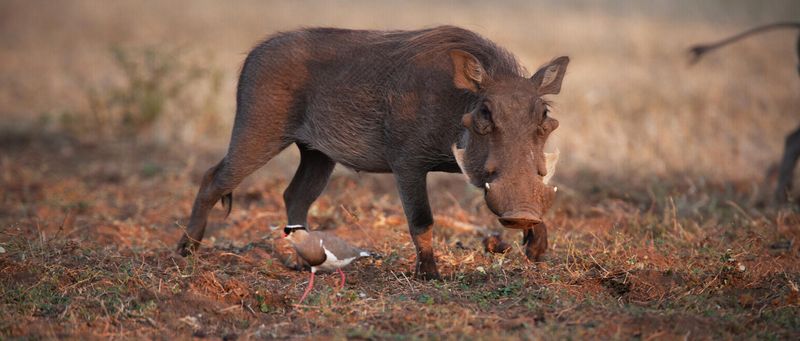
Farmers living near warthog territories often discover these wild pigs have expensive tastes! Cultivated crops offer a calorie-rich feast compared to wild foods.
Corn, peanuts, sweet potatoes, and other farm produce become irresistible targets. Their nighttime raids can devastate small farms, creating conflict between wildlife and humans as agricultural lands expand into traditional warthog habitats.
9. Water Sources Influence Foraging
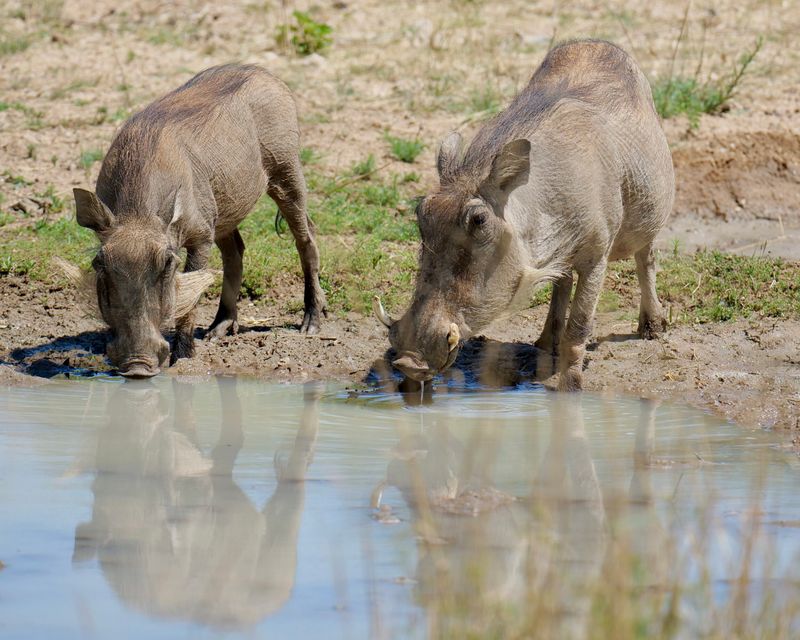
Warthogs plan their meals around water availability. During dry seasons, they concentrate their feeding activities near waterholes where both moisture and green vegetation remain.
This strategy serves dual purposes. The remaining green plants provide food, while the nearby water meets their hydration needs. Warthogs typically need to drink daily, so finding food sources close to water becomes increasingly important as the landscape dries.
10. Salt Licks Are Sometimes Visited
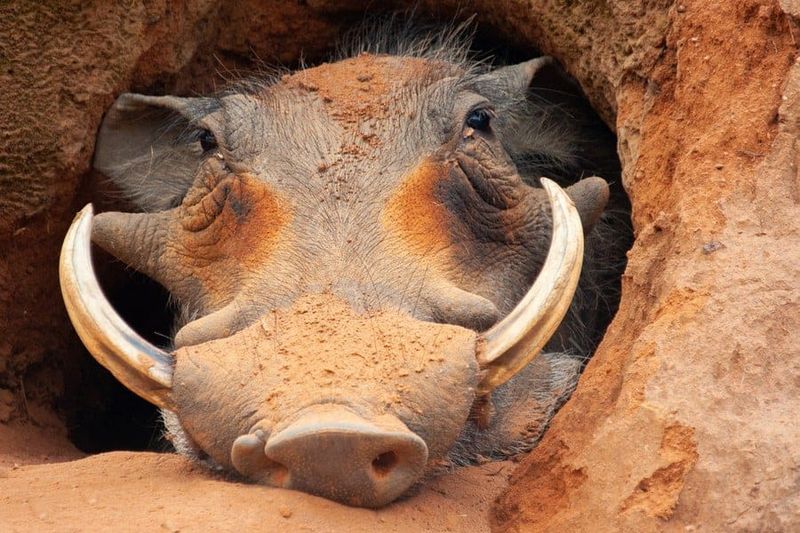
Like many wild animals, warthogs occasionally seek out natural mineral deposits. These salt licks provide essential nutrients that might be missing from their plant-based diet.
Calcium, phosphorus, and other minerals support bone health and bodily functions. Warthogs may travel significant distances to visit these special spots, showing the importance of mineral supplementation in their nutritional needs.
11. Warthogs Are Selective Grazers
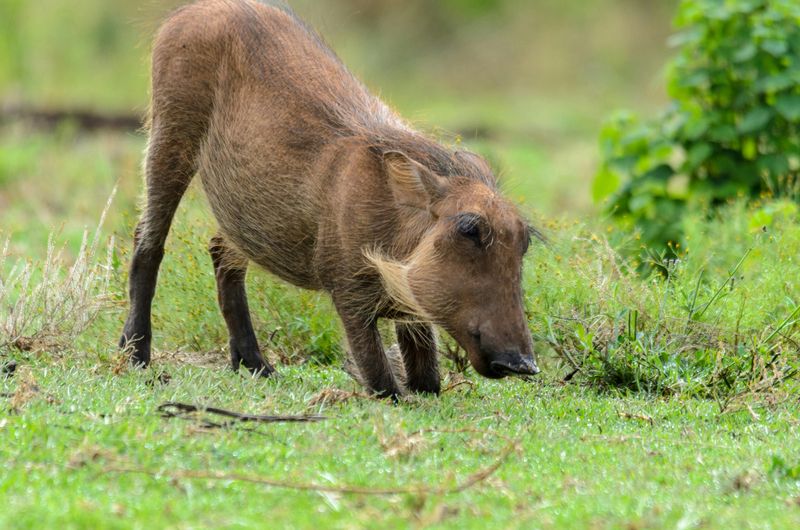
Despite their rough appearance, warthogs have surprisingly refined taste! They carefully choose the youngest, tenderest grass shoots while ignoring tougher, mature vegetation.
This selectivity isn’t just pickiness. Young grass contains more nutrients and requires less energy to digest. By focusing on these high-quality parts, warthogs maximize their nutritional intake while minimizing the energy spent processing tough plant fibers.
12. Seasonal Diet Changes Are Key To Survival
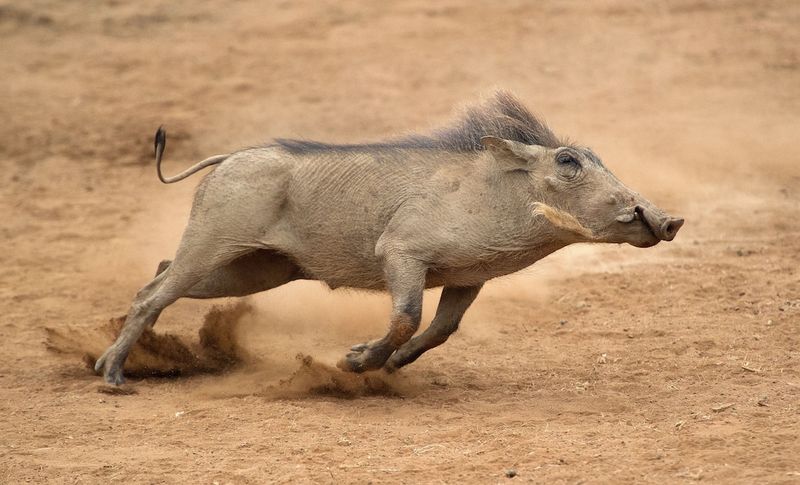
Flexibility defines the warthog’s approach to food. Their menu transforms completely between wet and dry seasons, showcasing remarkable dietary adaptability.
During rains, they focus on abundant grasses. As drought sets in, they switch to digging for roots and bulbs. This ability to completely shift food sources with the changing seasons is perhaps their greatest survival tool in unpredictable African environments.
13. Piglets Learn By Mimicking Adults

Baby warthogs don’t need cooking classes to learn what’s for dinner! From their first weeks of life, piglets closely observe their mothers’ feeding behaviors.
This observation teaches them which foods are safe and how to find them. Young warthogs learn digging techniques, grazing patterns, and food selection through watching and copying. This knowledge transfer ensures survival skills pass naturally between generations.


